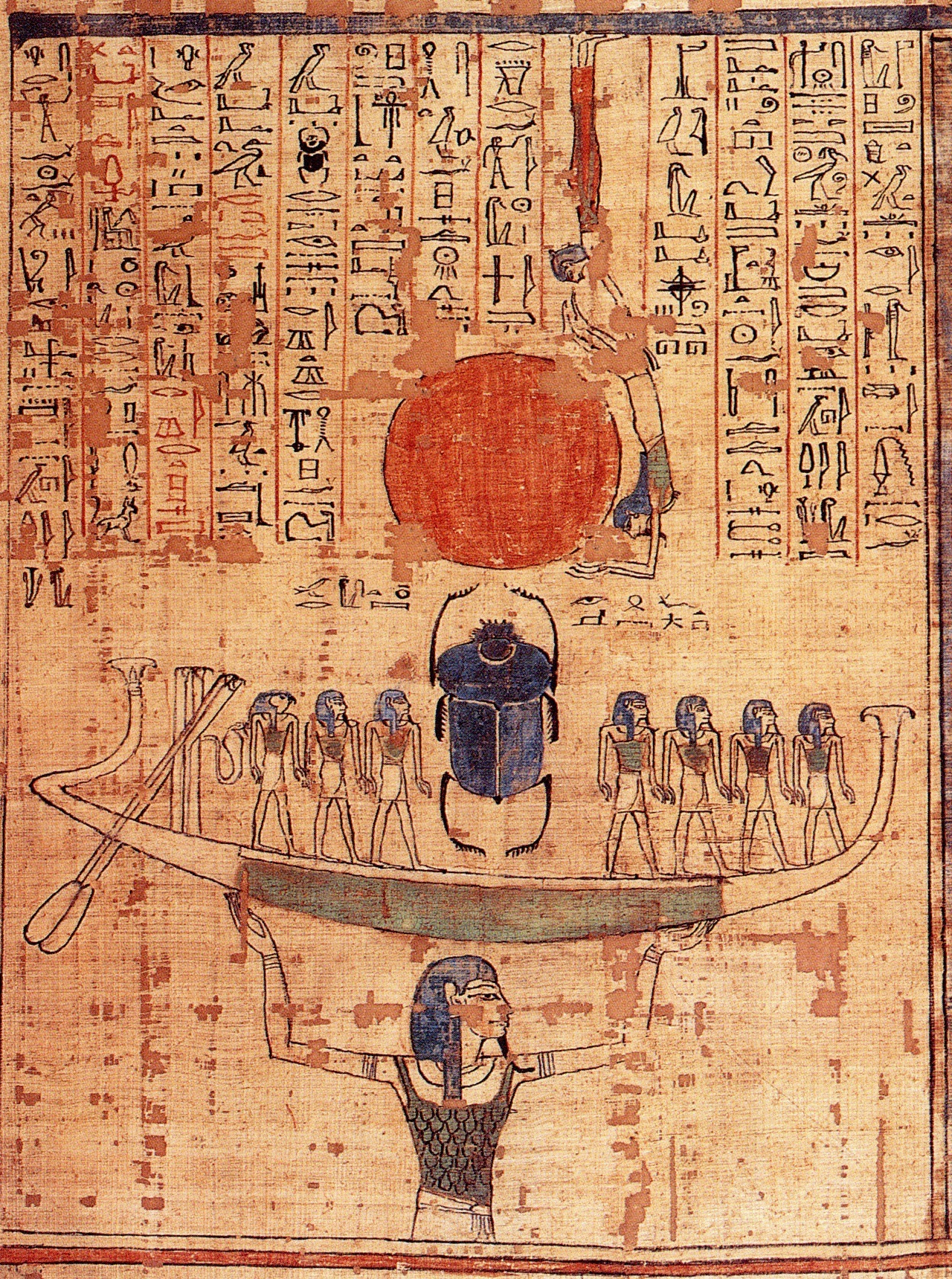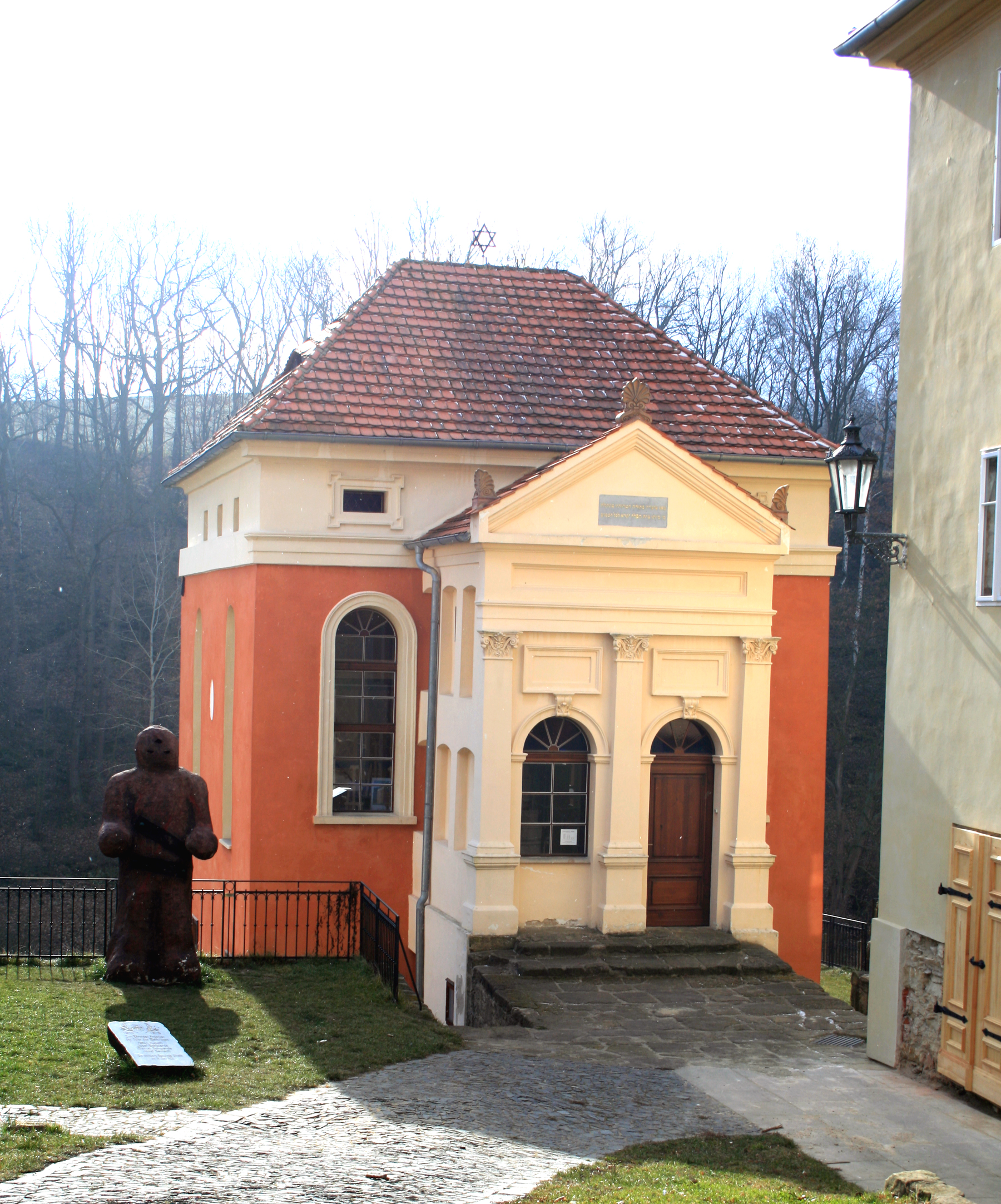|
Historiola
The historiola is a modern term for a kind of incantation incorporating a short mythic story that provides the paradigm for the desired magical action. It can be found in ancient Mesopotamian,Fritz Graf"Historiola" in '' Brill’s New Pauly''. Consulted online on 29 December 2020. Egyptian and Greek mythology, in the Aramaic Uruk incantation, incorporated in Mandaean incantations, as well as in Jewish kabbalah. There are also Christian Christians () are people who follow or adhere to Christianity, a monotheistic Abrahamic religion based on the life and teachings of Jesus Christ. The words ''Christ'' and ''Christian'' derive from the Koine Greek title ''Christós'' (Χρι ... examples evoking Christian legends. References Egyptian mythology Greek mythology Incantation {{Mythology-stub ... [...More Info...] [...Related Items...] OR: [Wikipedia] [Google] [Baidu] |
Egyptian Mythology
Egyptian mythology is the collection of myths from ancient Egypt, which describe the actions of the Egyptian gods as a means of understanding the world around them. The beliefs that these myths express are an important part of ancient Egyptian religion. Myths appear frequently in Egyptian writings and art, particularly in short stories and in religious material such as hymns, ritual texts, funerary texts, and temple decoration. These sources rarely contain a complete account of a myth and often describe only brief fragments. Inspired by the cycles of nature, the Egyptians saw time in the present as a series of recurring patterns, whereas the earliest periods of time were linear. Myths are set in these earliest times, and myth sets the pattern for the cycles of the present. Present events repeat the events of myth, and in doing so renew ''maat'', the fundamental order of the universe. Amongst the most important episodes from the mythic past are the creation myths, in which the ... [...More Info...] [...Related Items...] OR: [Wikipedia] [Google] [Baidu] |
Incantation
An incantation, a spell, a charm, an enchantment or a bewitchery, is a magical formula intended to trigger a magical effect on a person or objects. The formula can be spoken, sung or chanted. An incantation can also be performed during ceremonial rituals or prayers. In the world of magic, wizards, witches, and fairies allegedly perform incantations. In medieval literature, folklore, fairy tales, and modern fantasy fiction, enchantments are charms or spells. This has led to the terms "enchanter" and "enchantress" for those who use enchantments. The English language borrowed the term "incantation" from Old French in the late 14th century; the corresponding Old English term was ''gealdor'' or '' galdor'', "song, spell", cognate to ON galdr. The weakened sense "delight" (compare the same development of "charm") is modern, first attested in 1593 (OED). Words of incantation are often spoken with inflection and emphasis on the words being said. The tone and rhyme of how the word ... [...More Info...] [...Related Items...] OR: [Wikipedia] [Google] [Baidu] |
Mythology
Myth is a folklore genre consisting of narratives that play a fundamental role in a society, such as foundational tales or origin myths. Since "myth" is widely used to imply that a story is not objectively true, the identification of a narrative as a myth can be highly controversial. Many adherents of religions view their own religions' stories as truth and so object to their characterization as myth, the way they see the stories of other religions. As such, some scholars label all religious narratives "myths" for practical reasons, such as to avoid depreciating any one tradition because cultures interpret each other differently relative to one another. Other scholars avoid using the term "myth" altogether and instead use different terms like "sacred history", "holy story", or simply "history" to avoid placing pejorative overtones on any sacred narrative. Myths are often endorsed by secular and religious authorities and are closely linked to religion or spirituality. Many soc ... [...More Info...] [...Related Items...] OR: [Wikipedia] [Google] [Baidu] |
Paradigm
In science and philosophy, a paradigm () is a distinct set of concepts or thought patterns, including theories, research methods, postulates, and standards for what constitute legitimate contributions to a field. Etymology ''Paradigm'' comes from Greek παράδειγμα (''paradeigma''), "pattern, example, sample" from the verb παραδείκνυμι (''paradeiknumi''), "exhibit, represent, expose" and that from παρά (''para''), "beside, beyond" and δείκνυμι (''deiknumi''), "to show, to point out". In classical (Greek-based) rhetoric, a paradeigma aims to provide an audience with an illustration of a similar occurrence. This illustration is not meant to take the audience to a conclusion, however it is used to help guide them get there. One way of how a ''paradeigma'' is meant to guide an audience would be exemplified by the role of a personal accountant. It is not the job of a personal accountant to tell a client exactly what (and what not) to spend money on ... [...More Info...] [...Related Items...] OR: [Wikipedia] [Google] [Baidu] |
Mesopotamian Myths
Mesopotamian mythology refers to the myths, religious texts, and other literature that comes from the region of ancient Mesopotamia which is a historical region of Western Asia, situated within the Tigris–Euphrates river system that occupies the area of present-day Iraq. In particular the societies of Sumer, Akkad, and Assyria, all of which existed shortly after 3000 BCE and were mostly gone by 400 CE. These works were primarily preserved on stone or clay tablets and were written in cuneiform by scribes. Several lengthy pieces have survived, some of which are considered the oldest stories in the world, and have given historians insight into Mesopotamian ideology and cosmology. Creation myths There are many different accounts of the creation of the earth from the Mesopotamian region. This is because of the many different cultures in the area and the shifts in narratives that are common in ancient cultures due to their reliance on word of mouth to transmit stories. These myt ... [...More Info...] [...Related Items...] OR: [Wikipedia] [Google] [Baidu] |
Greek Mythology
A major branch of classical mythology, Greek mythology is the body of myths originally told by the Ancient Greece, ancient Greeks, and a genre of Ancient Greek folklore. These stories concern the Cosmogony, origin and Cosmology#Metaphysical cosmology, nature of the world, the lives and activities of List of Greek mythological figures, deities, Greek hero cult, heroes, and List of Greek mythological creatures, mythological creatures, and the origins and significance of the ancient Greeks' own cult (religious practice), cult and ritual practices. Modern scholars study the myths to shed light on the religious and political institutions of ancient Greece, and to better understand the nature of myth-making itself. The Greek myths were initially propagated in an oral tradition, oral-poetic tradition most likely by Minoan civilization, Minoan and Mycenaean Greece, Mycenaean singers starting in the 18th century BC; eventually the myths of the heroes of the Trojan War and its after ... [...More Info...] [...Related Items...] OR: [Wikipedia] [Google] [Baidu] |
Aramaic Uruk Incantation
The Aramaic Uruk incantation acquired 1913 by the Louvre, Paris and stored there under AO 6489François Thureau-Dangin, ''Textes cunéiformes VI, Tablettes d’Uruk'' (Paris, 1922), no. 58.Christa Müller-Kessler, "Die aramäische Beschwörung und ihre Rezeption in den mandäisch magischen Texten am Beispiel ausgewählter aramäischer Beschwörungsformulare," in Rika Gyselen (ed.), ''Magie et magiciens, charmes et sortilèges'' (Res Orientales XIV; Louvain: Peeters, 2002), pp. 195–201, pls. 1–2. is a unique Aramaic text written in Late Babylonian cuneiform syllable signs and dates to the Seleucid period ca. 150 BCE. The finding site is the ''reš''-sanctuary in the ancient city of Uruk (Warka), therefore the label “Uruk”. Particular about this incantation text is that it contains a magical historiola which is divided up into two nearly repetitive successive parts, a text genre that finds its continuation in the Aramaic magical text corpus of Late Antiquity from Iraq and Iran ... [...More Info...] [...Related Items...] OR: [Wikipedia] [Google] [Baidu] |
Practical Kabbalah
Practical Kabbalah ( he, קַבָּלָה מַעֲשִׂית ''Kabbalah Ma'asit'') in historical Judaism, is a branch of the Jewish mystical tradition that concerns the use of magic. It was considered permitted white magic by its practitioners, reserved for the elite, who could separate its spiritual source from Qliphoth realms of evil if performed under circumstances that were holy ( Q-D-Š) and pure, ''tumah and taharah'' (). The concern of overstepping Judaism's strong prohibitions of impure magic ensured it remained a minor tradition in Jewish history. Its teachings include the use of Divine and angelic names for amulets and incantations.Elber, Mark. ''The Everything Kabbalah Book: Explore This Mystical Tradition--From Ancient Rituals to Modern Day Practices'', p. 137. Adams Media, 2006. Practical Kabbalah is mentioned in historical texts, but most Kabbalists have taught that its use is forbidden. It is contrasted with the mainstream tradition in Kabbalah of ''Kabbalah Iyun ... [...More Info...] [...Related Items...] OR: [Wikipedia] [Google] [Baidu] |
Christianity
Christianity is an Abrahamic monotheistic religion based on the life and teachings of Jesus of Nazareth. It is the world's largest and most widespread religion with roughly 2.38 billion followers representing one-third of the global population. Its adherents, known as Christians, are estimated to make up a majority of the population in 157 countries and territories, and believe that Jesus is the Son of God, whose coming as the messiah was prophesied in the Hebrew Bible (called the Old Testament in Christianity) and chronicled in the New Testament. Christianity began as a Second Temple Judaic sect in the 1st century Hellenistic Judaism in the Roman province of Judea. Jesus' apostles and their followers spread around the Levant, Europe, Anatolia, Mesopotamia, the South Caucasus, Ancient Carthage, Egypt, and Ethiopia, despite significant initial persecution. It soon attracted gentile God-fearers, which led to a departure from Jewish customs, and, a ... [...More Info...] [...Related Items...] OR: [Wikipedia] [Google] [Baidu] |




